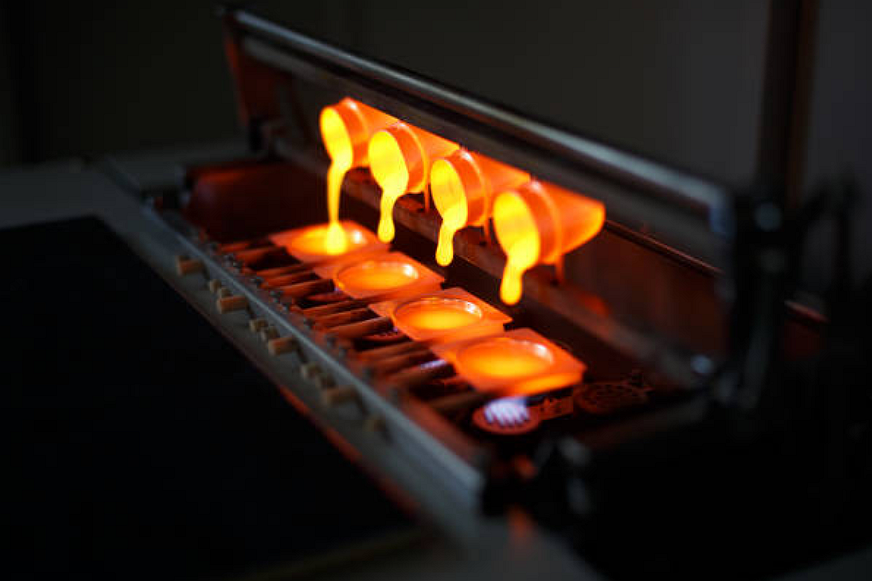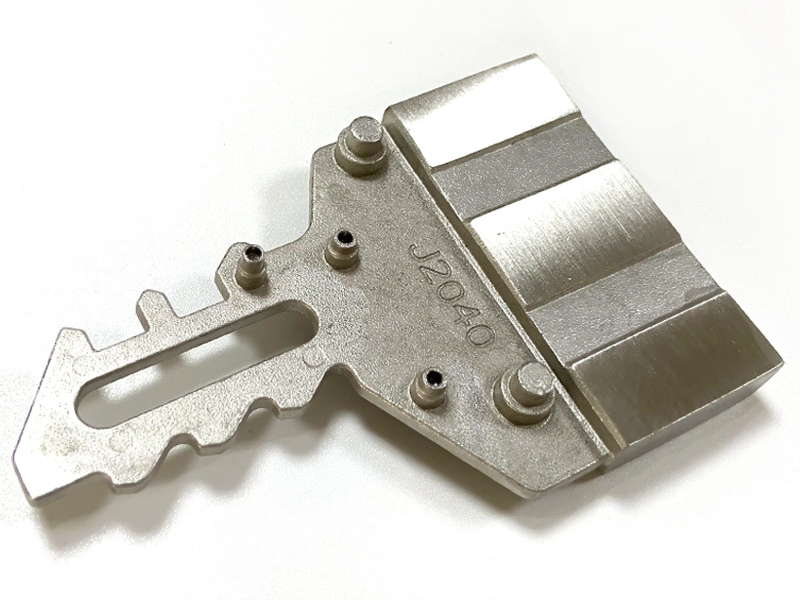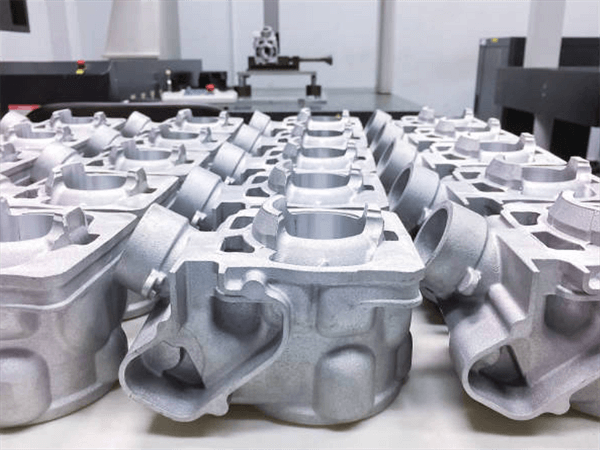What future innovations are expected to further improve gravity casting processes?
Advancements in Gravity Casting Technology
From an engineering perspective, gravity casting is entering a transformative era driven by material science, automation, and digital control. The gravity casting process traditionally relies on gravity-fed molten metal filling; however, the integration of AI-controlled monitoring and predictive analytics will soon optimize flow rates, temperature gradients, and solidification timing in real-time. This evolution enables tighter process control and significantly improves yield rates, particularly in high-precision industries such as aerospace and automotive.
Manufacturing Process Innovations
The modernization of casting lines is closely tied to advanced manufacturing processes. Additive manufacturing, such as 3D printing prototyping, will increasingly be used to create complex mold geometries and temporary cores with faster lead times. Integration with CNC machining prototyping ensures ultra-tight tolerances on critical surfaces. Meanwhile, precision casting and investment casting will merge digitally with gravity casting through hybrid workflows that combine the benefits of each technique. Automation and robotics, particularly in sheet metal fabrication, will enhance part integration and streamline post-casting finishing stages.
Surface Treatment Innovations for Longevity
New coating and finishing technologies will redefine the durability and appearance of gravity-cast components. Environmentally friendly powder coating systems are being developed with nano-pigment technology to increase UV stability and corrosion resistance. Similarly, anodizing is evolving with plasma-assisted electrolyte baths, resulting in thicker and more uniform oxide layers for aluminum alloys used in aerospace and marine applications.
Materials Driving Future Performance
Material innovation remains central to the progress of gravity casting. New generations of A356 aluminum and B390 aluminum alloys are being developed for enhanced fatigue resistance and improved thermal conductivity. Lightweight magnesium alloys are gaining traction for use in electric mobility components due to their exceptional strength-to-weight ratio. Copper alloys and nickel-based alloys will continue to evolve with the addition of micro-amounts of rare elements to enhance corrosion resistance and oxidation tolerance at high temperatures. Advanced metallurgy will also enhance castability, reducing porosity while maintaining superior mechanical integrity.
Industries Leading the Next Phase of Gravity Casting
The automotive industry will continue to drive innovations in lightweight casting for EV battery housings and structural frames. The aerospace sector will benefit from AI-assisted solidification simulations that ensure the production of defect-free turbine and airframe components. In the energy sector, hybrid casting with superalloys and ceramic inserts will enable higher efficiency and heat tolerance in turbines and power systems. Across these industries, digital twin modeling, smart foundries, and sustainable alloy development will redefine precision, speed, and environmental responsibility in gravity casting.



